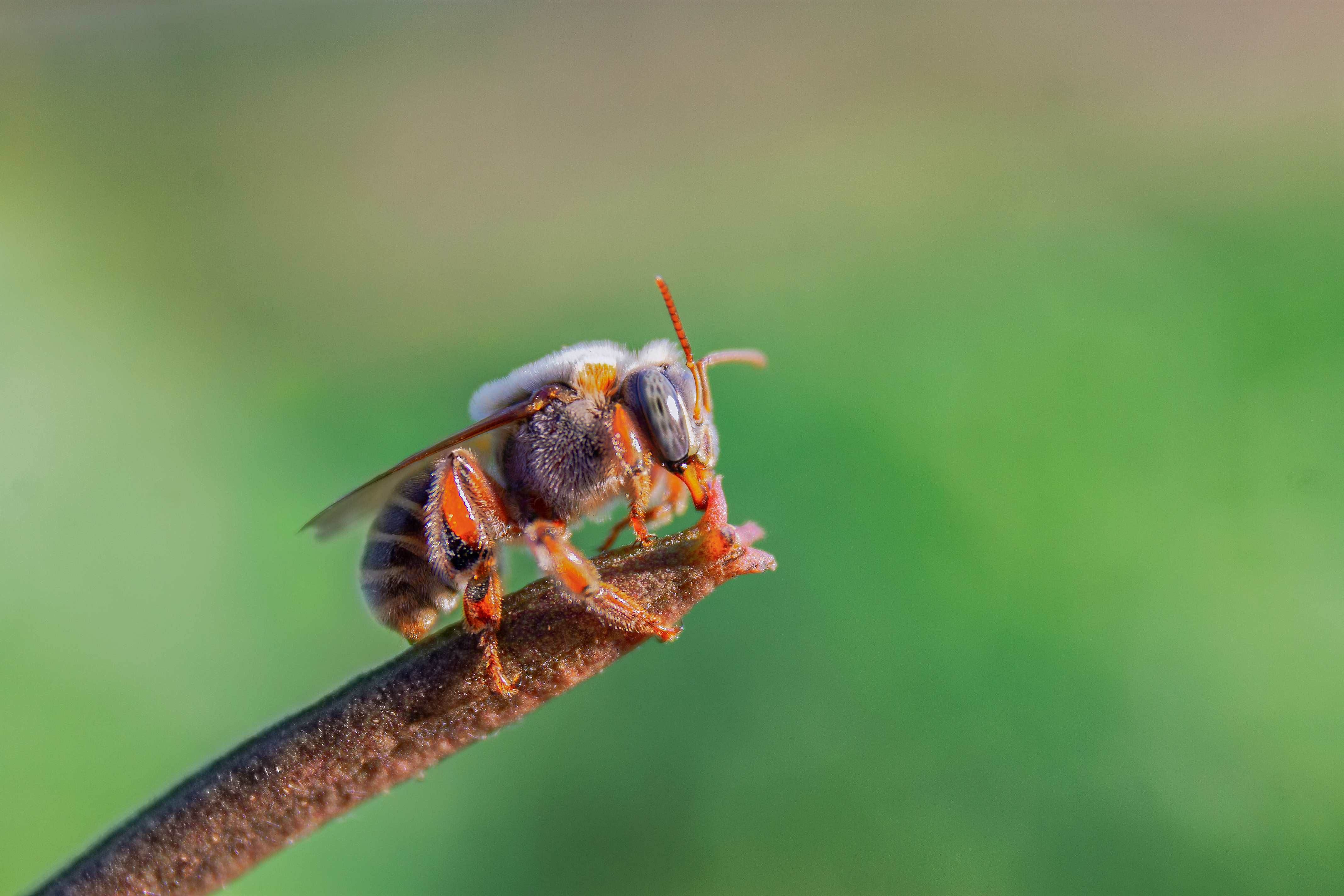Bees are among the most essential—and most overlooked—insects in our ecosystems. With thousands of native species worldwide, they pollinate around 80% of the world’s flowering plants. Unlike honeybees, which were introduced in many places, native bees evolved alongside local plants and are often even better suited to pollinate them.
In this article, we’ll go over some of the key issues they’re facing, how your garden can help them to thrive, and what they’ll do for you in return.
Who Are the Native Bees?
Honeybees are now a common sight across the world, and while they are incredibly important—producing honey and pollinating crops—they aren’t the whole story.
Most native bees are solitary and produce neither honey nor beeswax. As such, they are considerably less aggressive than honey bees, who are actively defending themselves and their hive.
Some key native bee species across the globe are: mason bees, leafcutter bees, bumblebees, and carpenter bees (but there are over 20,000 total!)
As native bees evolved with native plants, they are more effective pollinators. Mason bees, for example, pollinate 95% of the plants they visit, which is far greater than the average 55% for honeybees. A single mason bee can also pollinate as many flowers as 100 honeybees because they carry pollen on their underside as opposed to just their legs.
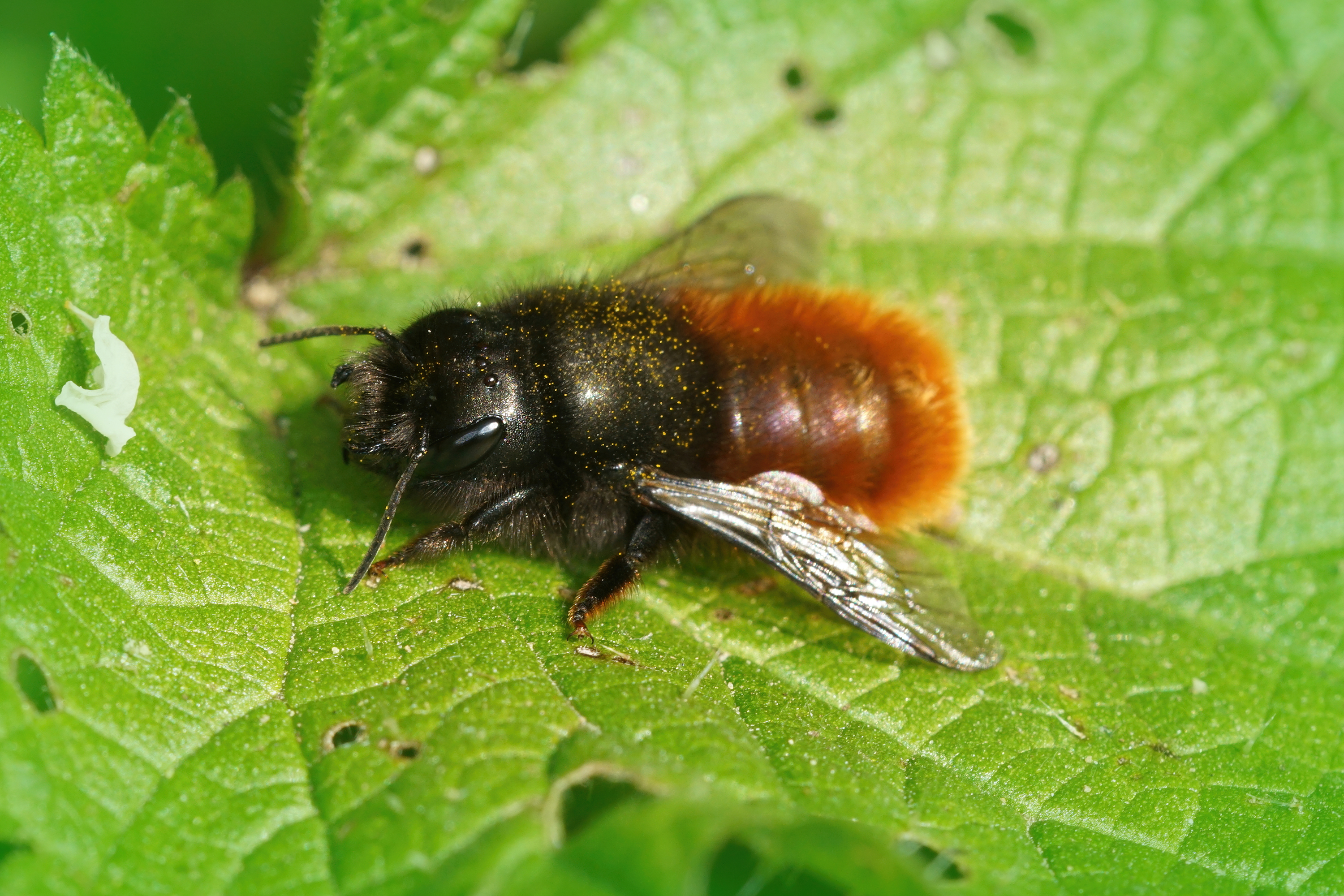
Why Do the Bees Need Help?
Pesticides, loss of habitat, and ecosystem fragmentation are major drivers in lower bee numbers. Additionally, too many non-native species affect the availability of their preferred, or sometimes essential, food source or habitat condition. Increasing numbers of invasive animals and insects are problematic, too, as is the changing climate across the world.
Creating Habitat
Habitat is key for any species, and cities and neighborhoods have fragmented ecosystems. We can, however, bridge the gap.
Depending on the species, nesting sites may be in undisturbed ground, decaying wood, or small sheltered spaces. You can create all of these in your garden, with natural materials or by making ‘houses’ for them.
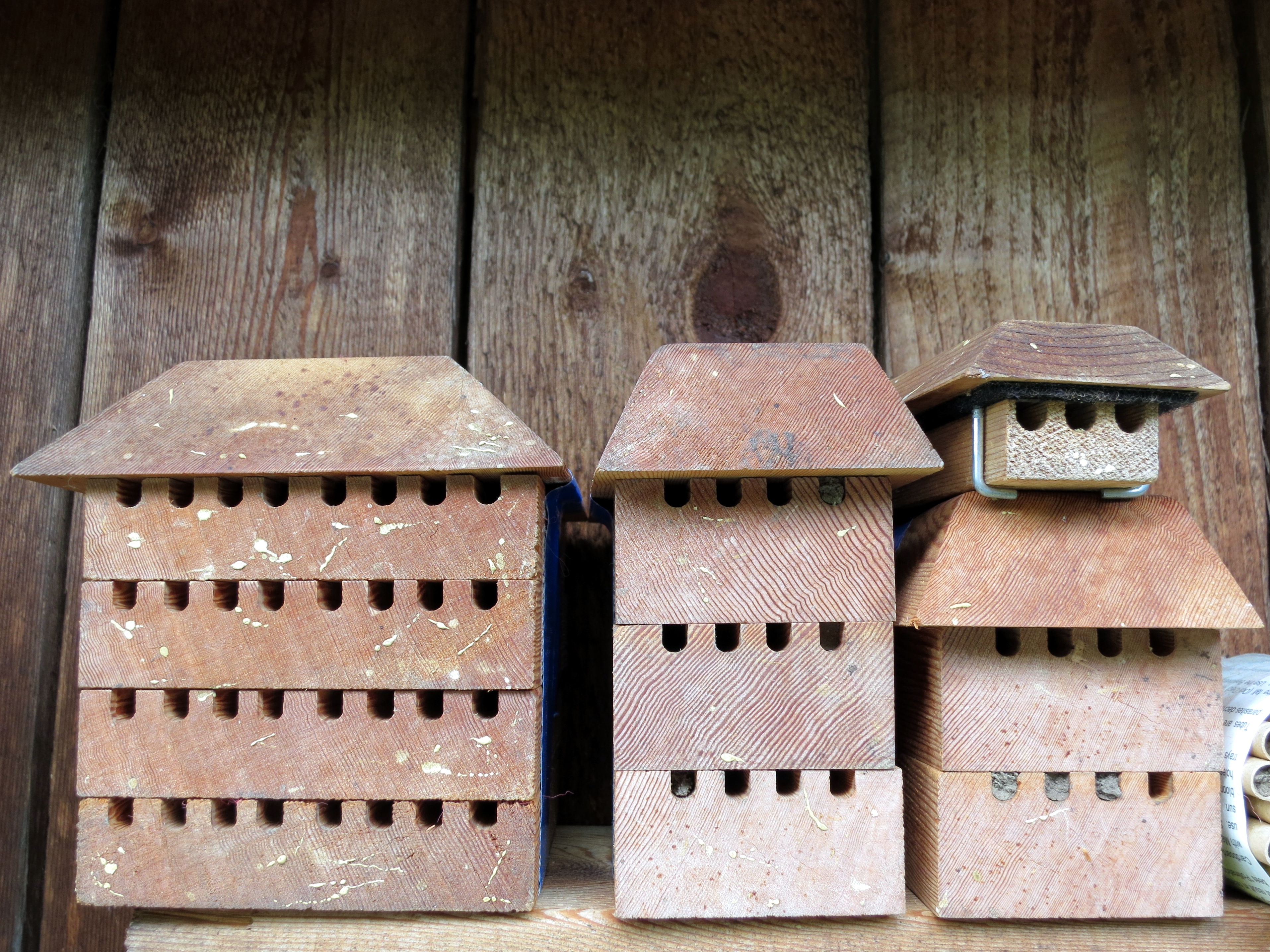
Bare Ground
Ground-nesting bees generally prefer sunny spots with a gentle slope. This helps them survive heavy rains. Soft, sandy-loam soil is key, too, so if you have heavy clay or very silty soil, you can amend a small area. The soft soil makes it easier for the bees to dig, while still providing enough structural integrity.
What that looks like will vary depending on where you live. In deserts, this may mean sandy washes or dry slopes; in temperate regions, a small cleared patch of sandy loam works well; and in wetter rainforest climates, a slightly raised mound can prevent nests from flooding.
The area should be free of large vegetation, as they prefer exposed soil. Bunch grasses can be good to prevent soil erosion, and you can add gravel and small rocks too. Flowers nearby are helpful for a food source, especially if they’re native.
It’s important to till and disturb the soil in this area as little as possible. Once you’re set up, you’re ready to go. Light weeding will keep the area clear, and the bees should hopefully arrive.
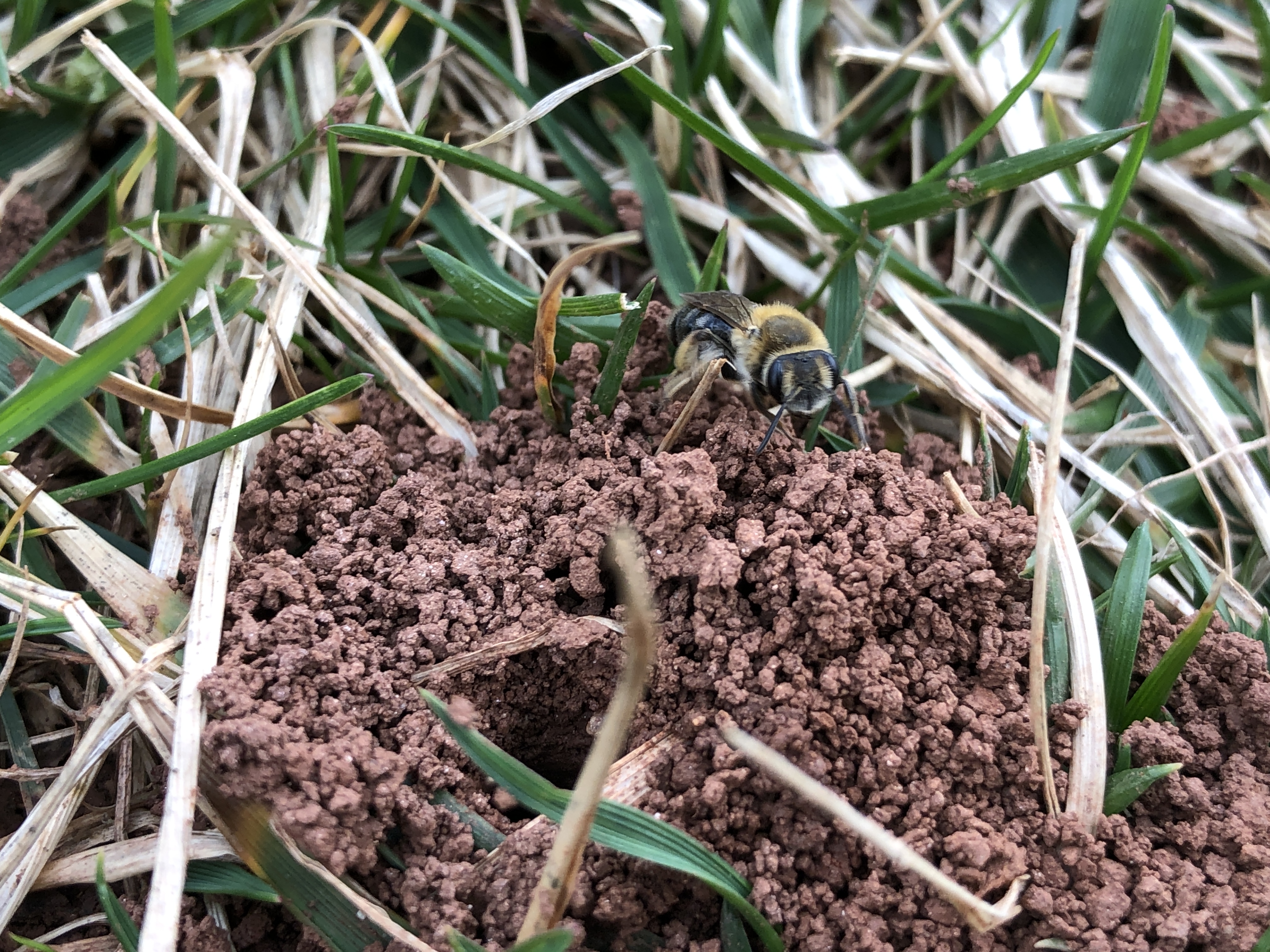
Wood
This is a general term, and many ‘wood’ nesting bees will also make their homes in large-stemmed plants such as old hydrangeas and raspberries. The key is anything that is round-shaped and large enough that it can fit in, without being too large.
Piles of brush are also great habitat, along with shrub and hedge clippings, yearly tree prunings, and old stumps and larger branches. You can also gather old hollow bamboo canes, reeds, and other similar plants and pile them up. South-east facing is generally preferred so they catch enough sun but don’t overheat.
In dry desert regions, bees may use hollow agave stalks or yucca stems; in temperate woodlands, old orchard prunings or fallen logs provide perfect shelter; in rainforest regions, decaying logs and mossy branches are especially valuable.
You can also make your own nesting sites using a block of untreated wood. You can check with your local university extension to find what size holes are best for wood nesting bees; however, holes drilled 3/32–3/8 inch in diameter and 4–6 inches deep cover most bees. The holes should be smooth, and a ‘roof’ that overhangs the front is very beneficial in helping them survive rainstorms.
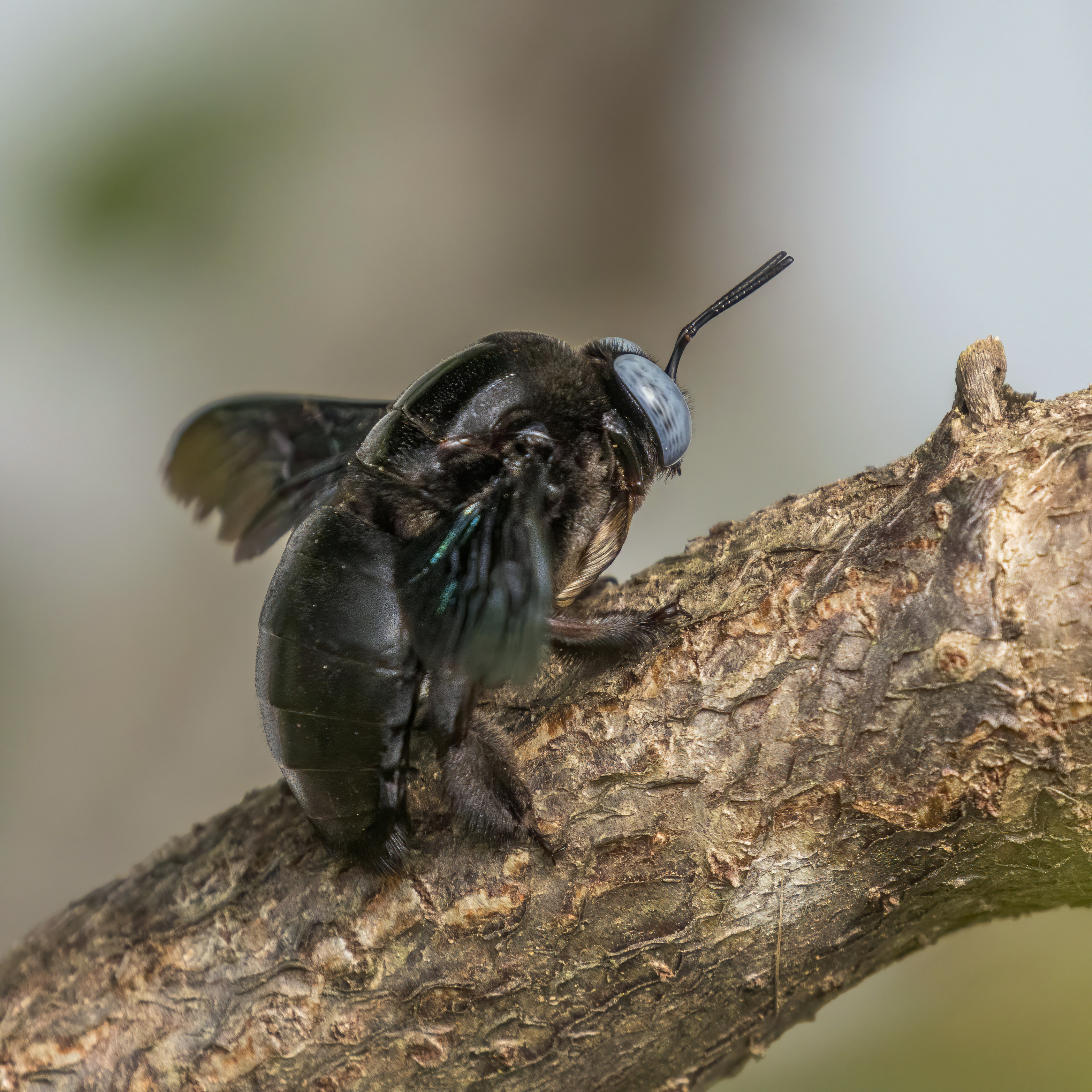
Sheltered Spaces
These bees overlap with wood nesting bees quite a bit, and many will make a home in a drilled bee-block, in decaying raspberry canes, and more. However, you can also create more spaces for them to make their home.
Piles of leaves and brush are helpful, as are small piles of rocks that have lots of crevices. Bees seek out these dry, sheltered areas.
Beyond nesting, bees also need reliable food and water sources to thrive.
Food and Water
A variety of native flowers will provide time-of-year-accurate food sources for your bees, and you can match the plants to the bees through your local university extension or many online resources. Most native flowering plants will attract native bees, and many university extension services have data sheets on native bees and the plants they frequent.
Finally, shallow pools of water will provide spaces to drink. The dish or pool should have plenty of rocks that the bees can land on and climb onto, should they fall in. Line the base with pebbles and add a few taller stones for safe landing spots. A dish less than ½ inch deep is perfect, as it mimics woodland rain pools and the edges of shallow streams.
In drier climates, place dishes in the shade to slow evaporation; in cooler, wetter climates, a sunny placement keeps water warm enough for bee activity.
Provide water in both sunny and shaded areas, too, and refill every few days.
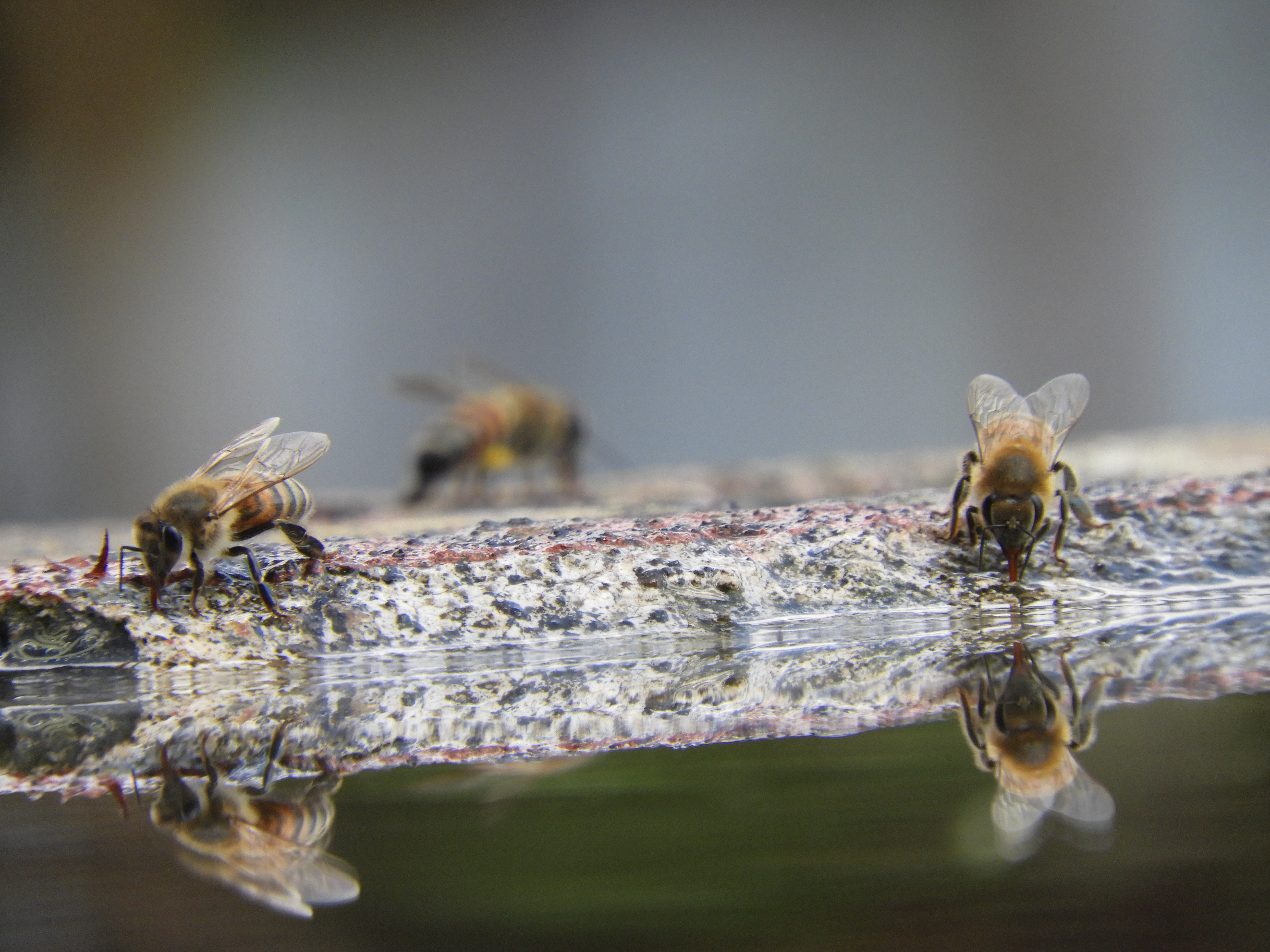
Bee-friendly Plantings
The right mix of plants also depends on your region. The first step in supporting native bees is to plant large numbers of the same types of flowers or flowering plants in mass plantings. Bees love to conserve energy, and when they find a plant they like, they’ll keep coming back to it. Try to plant at least three of a plant together, unless it’s a large shrub or similar, so there are plenty of blooms together.
Plan groups that flower at slightly different intervals, too, some very early flowering plants, and some late summer ones, so there is a food source available throughout the year.
For example, desert gardeners might stagger cactus and spring wildflowers; temperate gardeners can mix early bulbs with summer perennials; rainforest gardeners can layer berry bushes with late-season woodland blooms; and in Australia, staggered grevillea or eucalyptus varieties can provide nectar almost year-round.
If you’re unsure about what native flowers are best for your area, local gardening groups and your local university extension have a wealth of information for you.
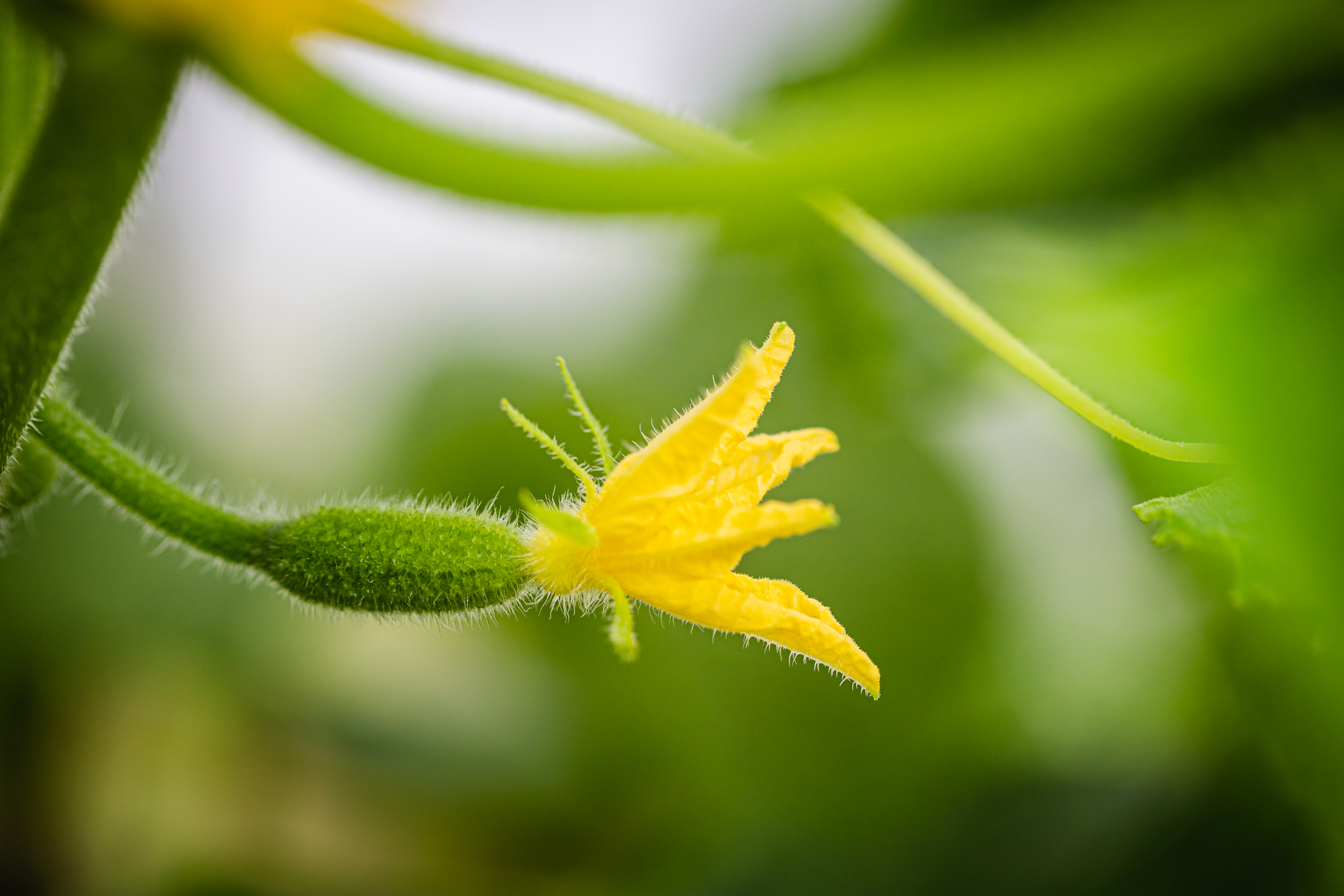
Benefits for You
Having friendly bees in your garden will help all of your plants, from the smallest flowers to your largest trees, to grow. Native bees are also an indicator species, indirectly supporting insects and bugs that help keep out invasive species by fostering a healthy habitat.
Native bees will also increase the pollination of your plants, both because many of them emerge earlier in the season than introduced bees and because they’re often more efficient pollinators. Additionally — and I think this is rather cool — many native bees vibrate at different frequencies from honeybees, which helps certain plants (tomatoes are a great example) release pollen more effectively.
Plus, you get to see all kinds of fun bees. Did you know that there are metallic green bees? Iridescent black bees? There are so, so many out there, and I could talk all day about bees because I love them so much.
Try leaving just one corner of bare soil, planting a cluster of native flowers, or setting out a shallow dish of water this week — and watch how quickly the bees find you.
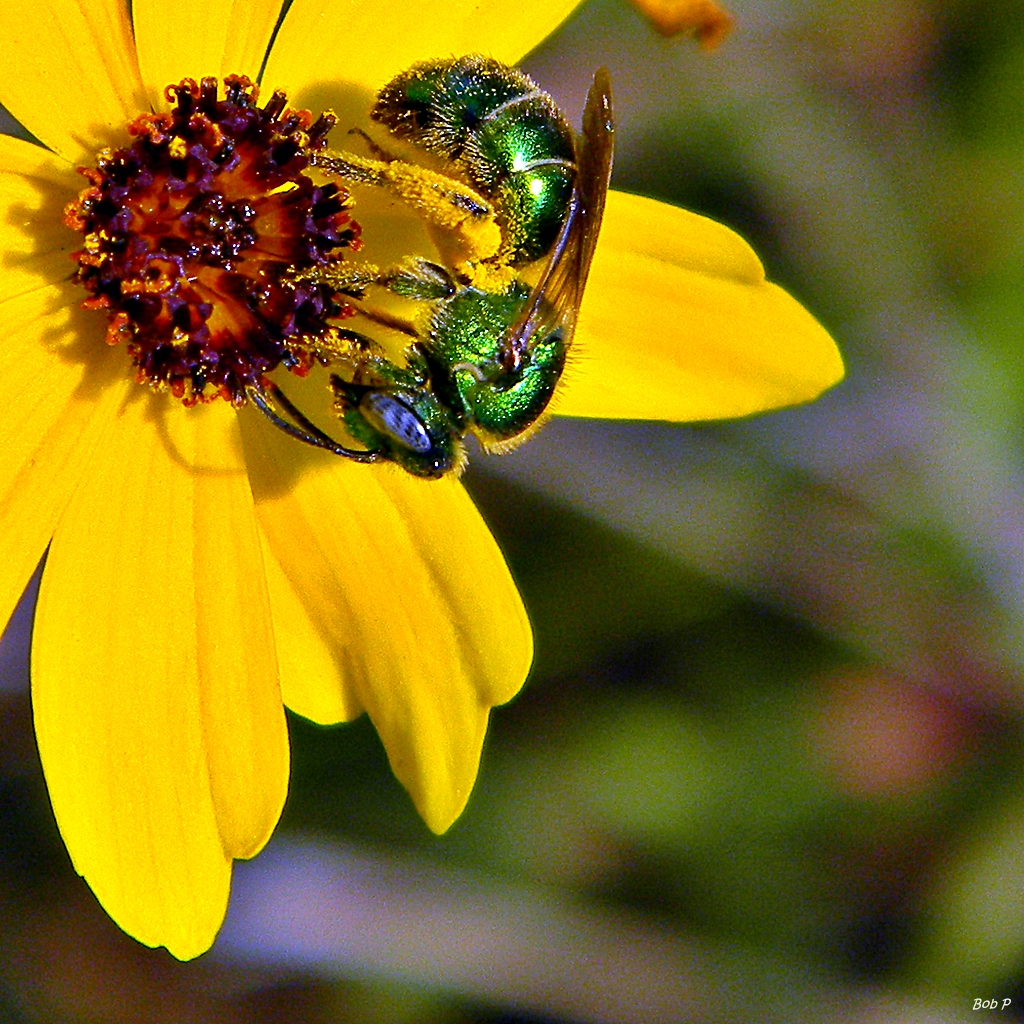
A helpful link for creating bee habitat: Nests for Native Bees | Xerces Society
